
Dealing with hair and nail disorders can be frustrating, especially when they begin to affect your confidence and well-being. Whether it is thinning hair, brittle nails, or unexpected changes in your scalp, or nail health, these conditions can leave you feeling concerned, and self-conscious.
The good news is that many of these disorders are more common than you might think, and with the right treatment, you can reclaim healthier hair, and nails. In fact, by understanding the root causes, and identifying the early symptoms can make all the difference in getting the relief you need.
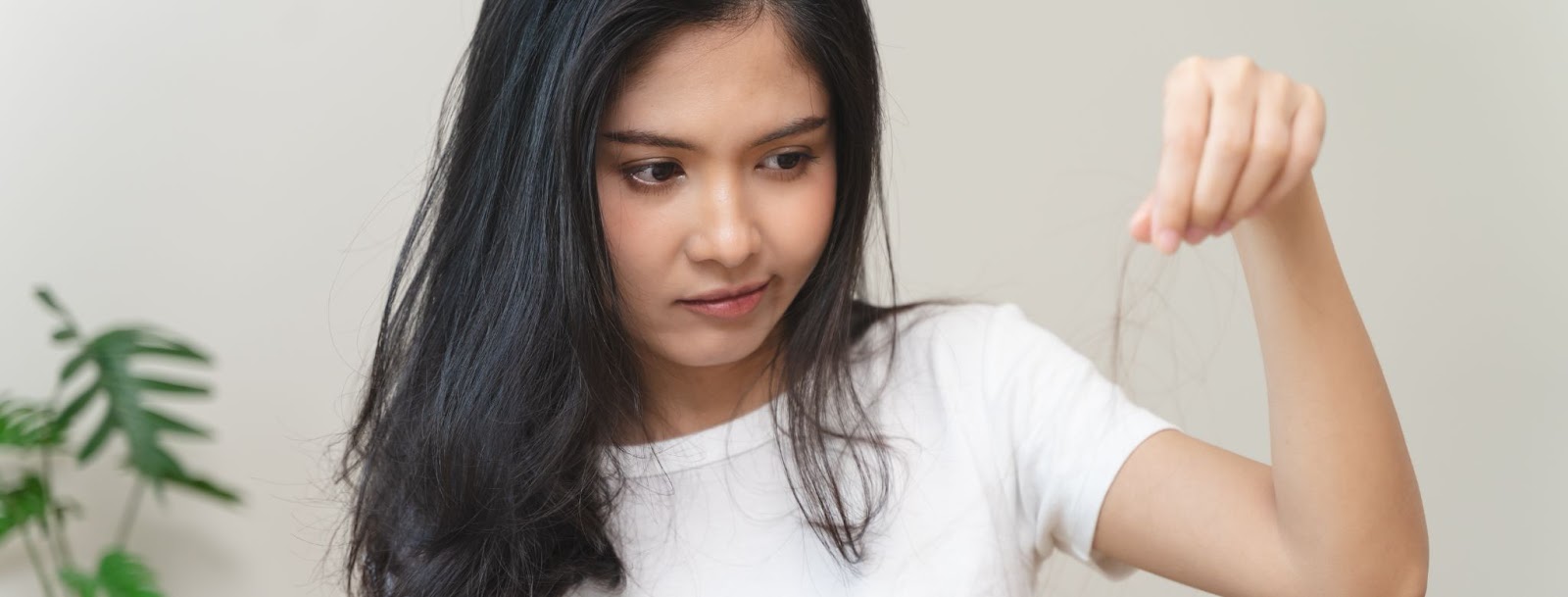
Hair and nail disorders encompass a wide range of conditions that affect the scalp, hair follicles, and nails. These issues can lead to a variety of symptoms like hair loss, nail deformities, itching, and infections.
In Singapore, where the climate is humid, and warm all-year-round, these conditions are quite prevalent, impacting people of all ages. Beyond the climate, factors such as genetics, lifestyle, environmental stressors, and diet can contribute to the development of these disorders.
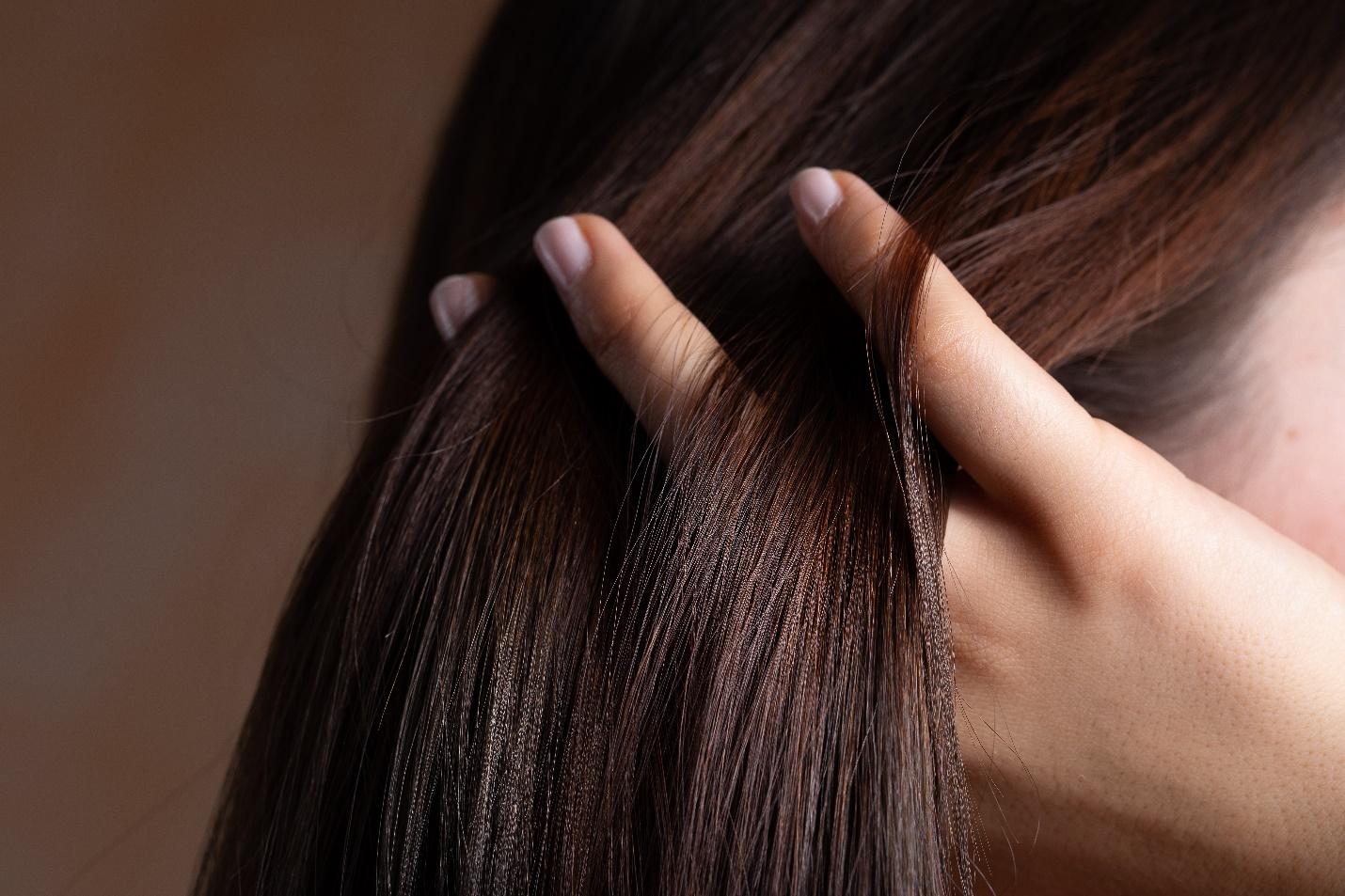
Not all hair, and nail disorders are the same, as they vary in terms of causes, characteristics, symptoms, and treatments. Some of the more common conditions include, but are not limited to:
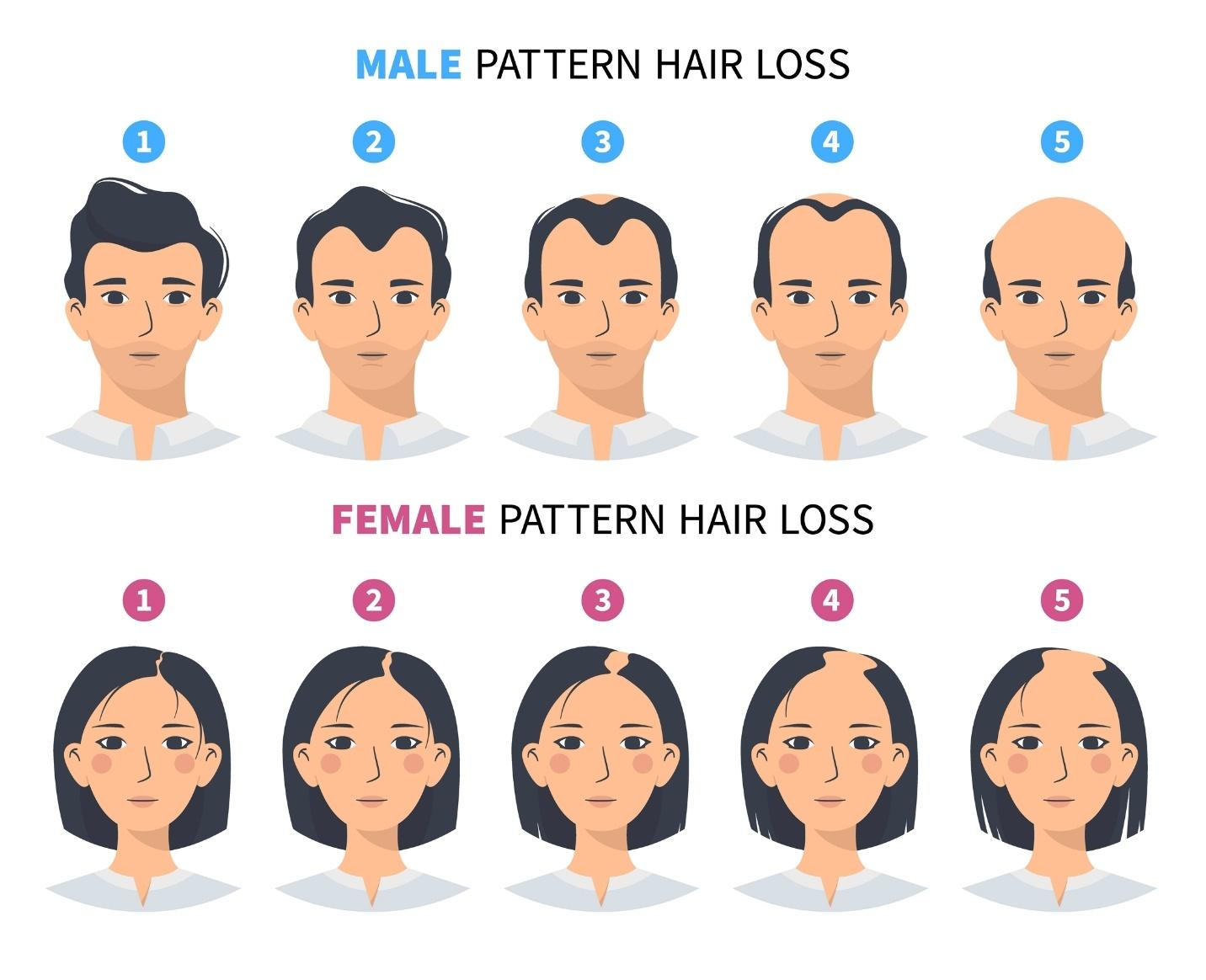
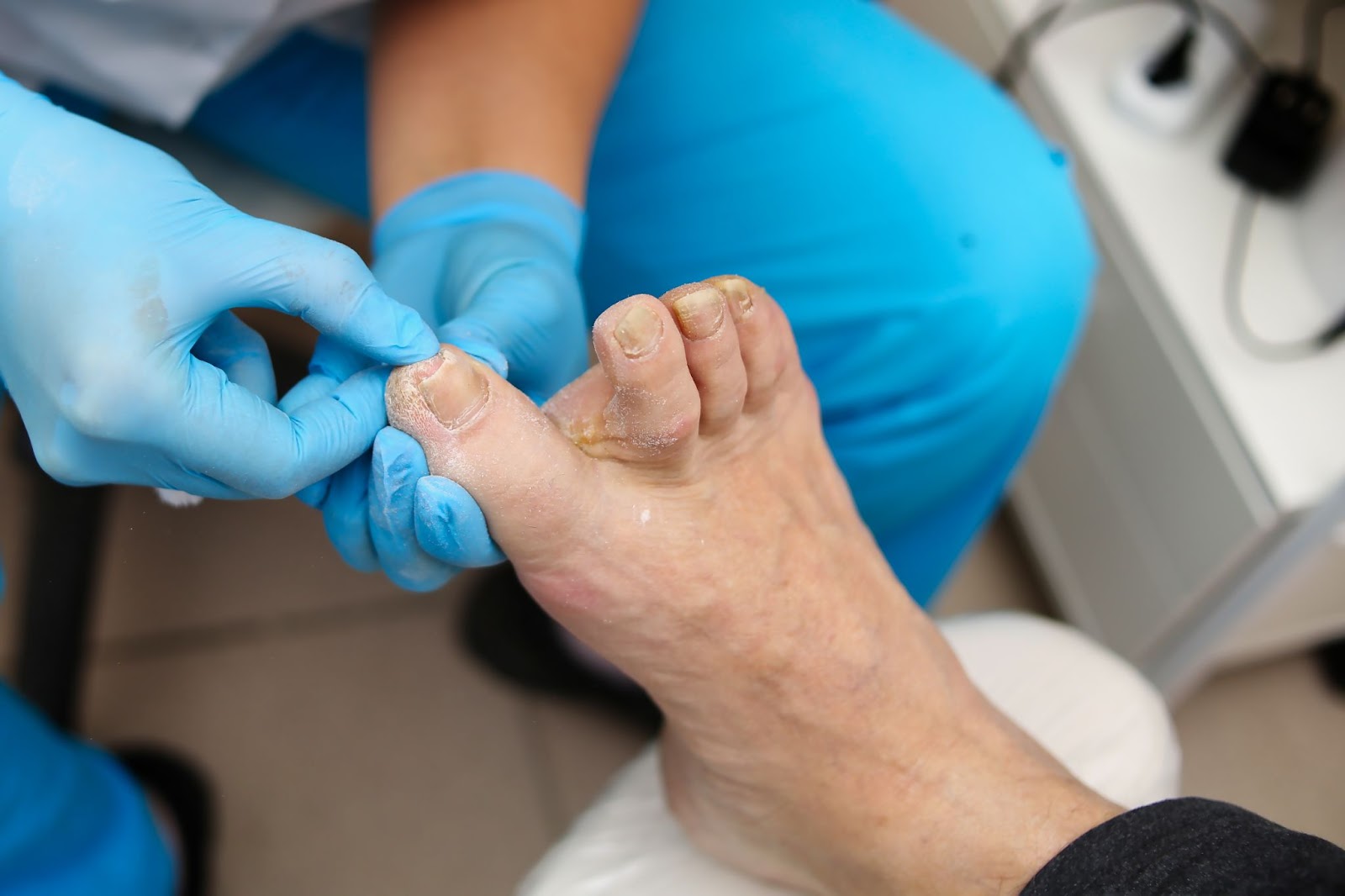
The causes of hair and nail disorders vary depending on the type. However, there are several factors that can trigger, or even worsen hair and nail disorders. This includes:
Each hair and nail disorder carries different symptoms, with the potentiality of overlapping. As such, you should seek medical attention if you begin to experience any of the following symptoms:
Androgenetic alopecia
Alopecia areata
Telogen effluvium
Scalp infections
Seborrheic dermatitis
Lichen planus
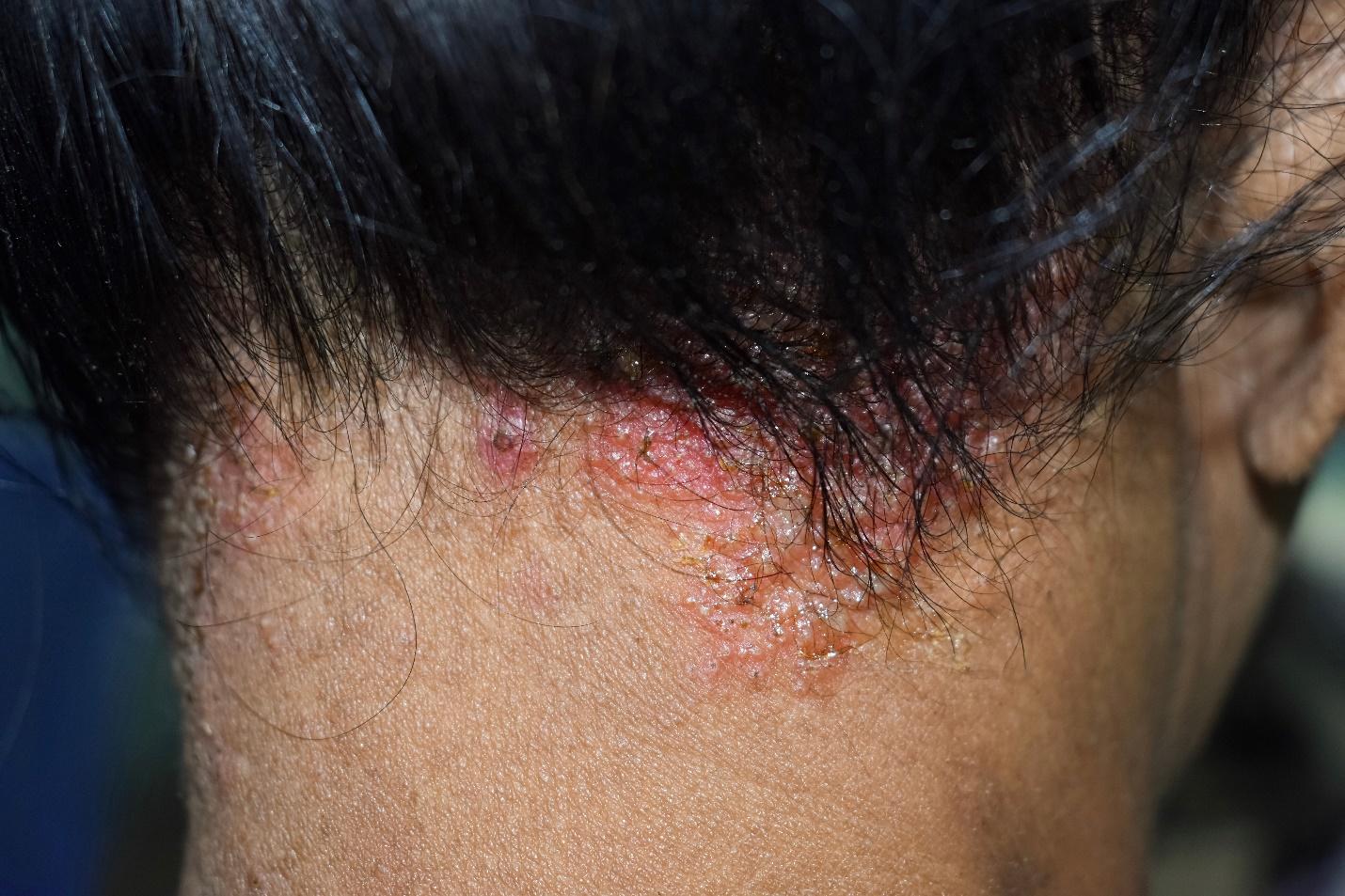
Ingrown toenails
Onychoschizia
Onychogryphosis
Onychomycosis
Onycholysis
Psoriasis on the nails
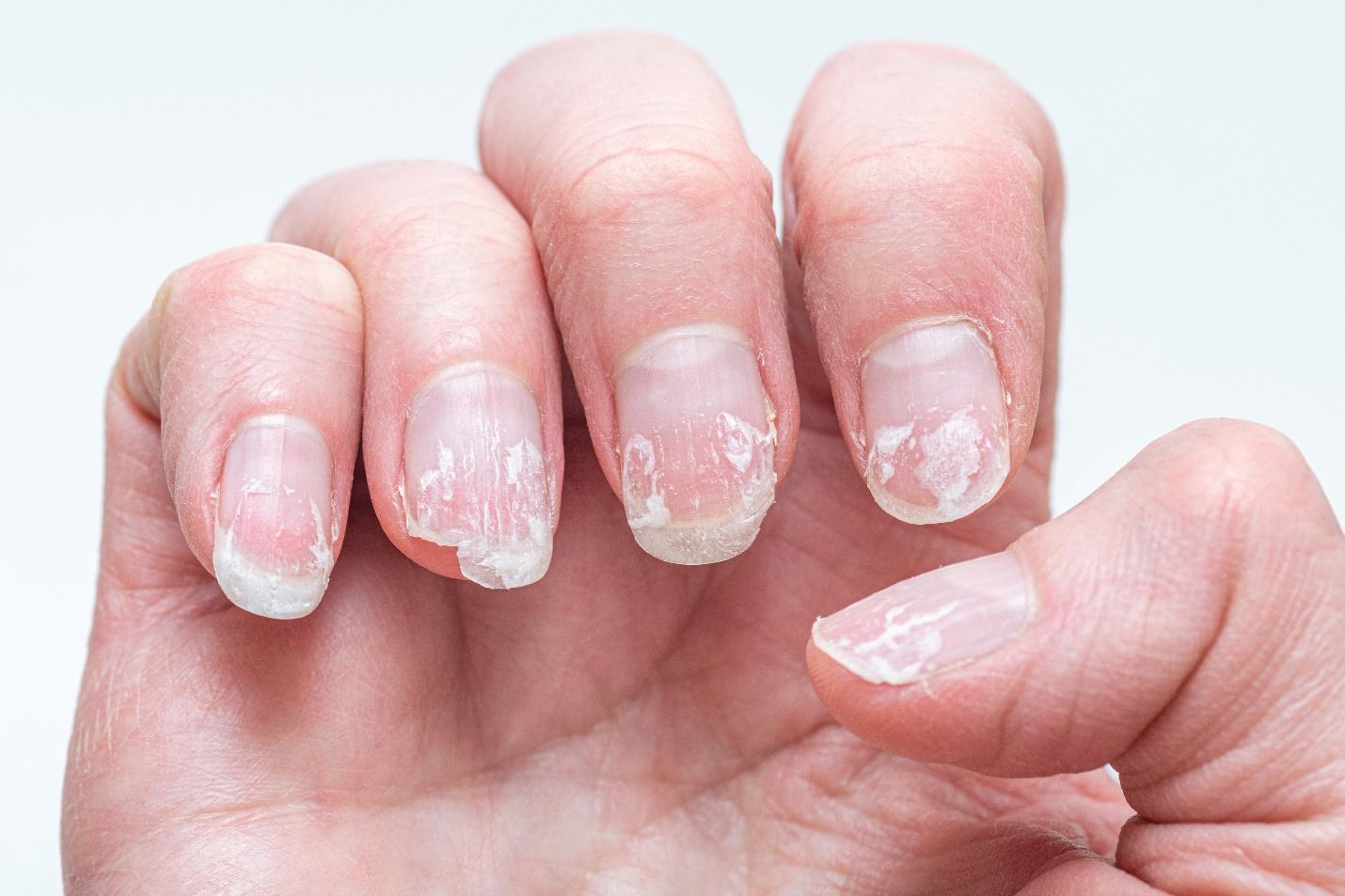
Diagnosing hair and nail disorders is essential to providing targeted treatment, and preventing further complications. These conditions can often be assessed during a visit to a dermatologist, who will use a combination of clinical evaluations, and diagnostic tests to determine the root cause.
Prior to any tests, our dermatologists at Livingstone Dermatology will discuss your symptoms, medical history, family history, and lifestyle factors, including stress levels, diet, and exposure to chemicals.
Based on the initial assessment, the following diagnostic procedures may be performed to diagnose hair disorders:
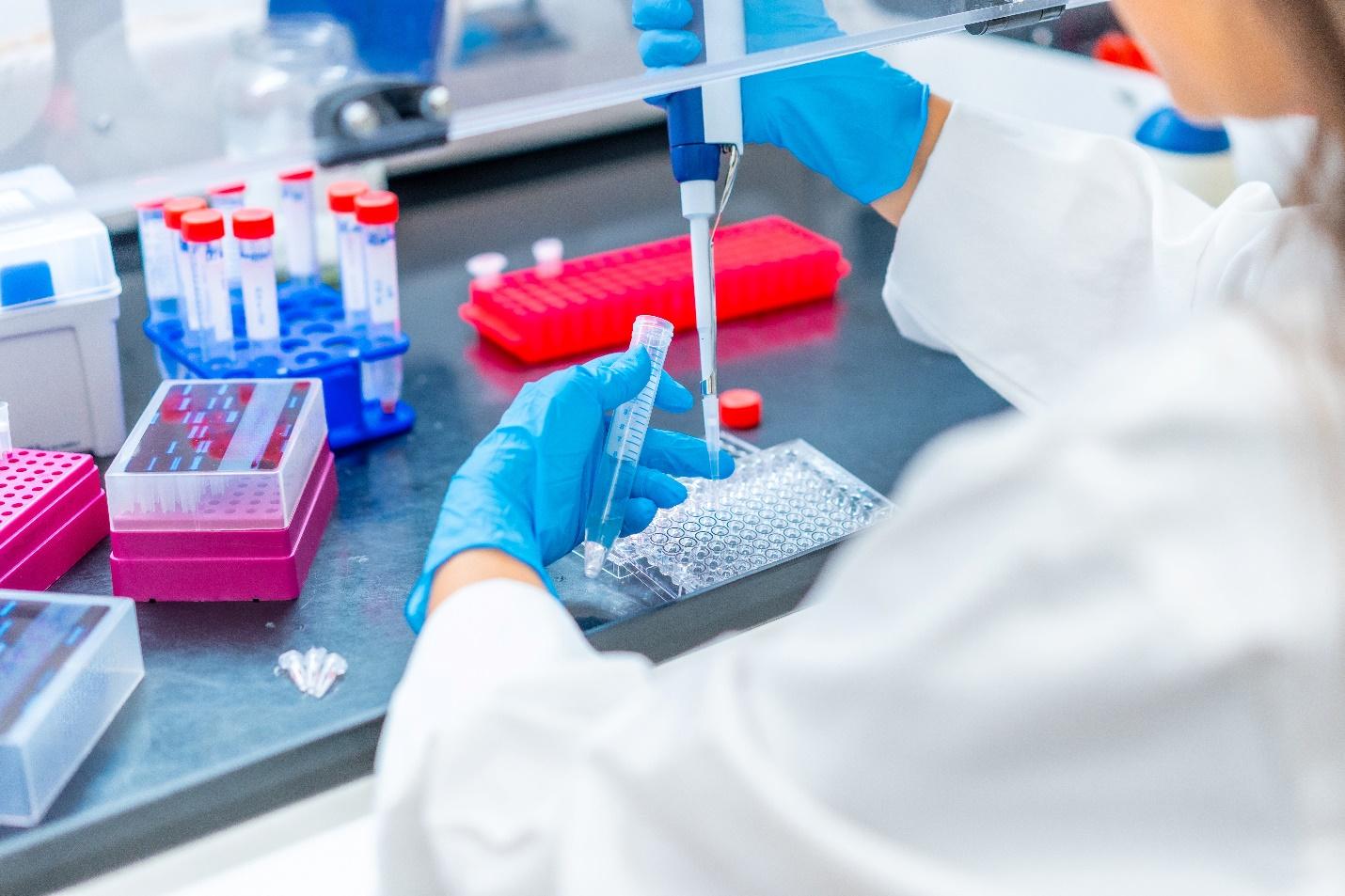
We understand that hair, and nail disorders can significantly affect one’s self-esteem, and quality of life. While prevention is ideal, it may not always be possible to avoid these conditions entirely.
However, a range of effective treatment options are available to help manage symptoms, and promote healing. For hair disorders, this includes:
Topical Treatments
Oral Medications
Therapy
Supplements
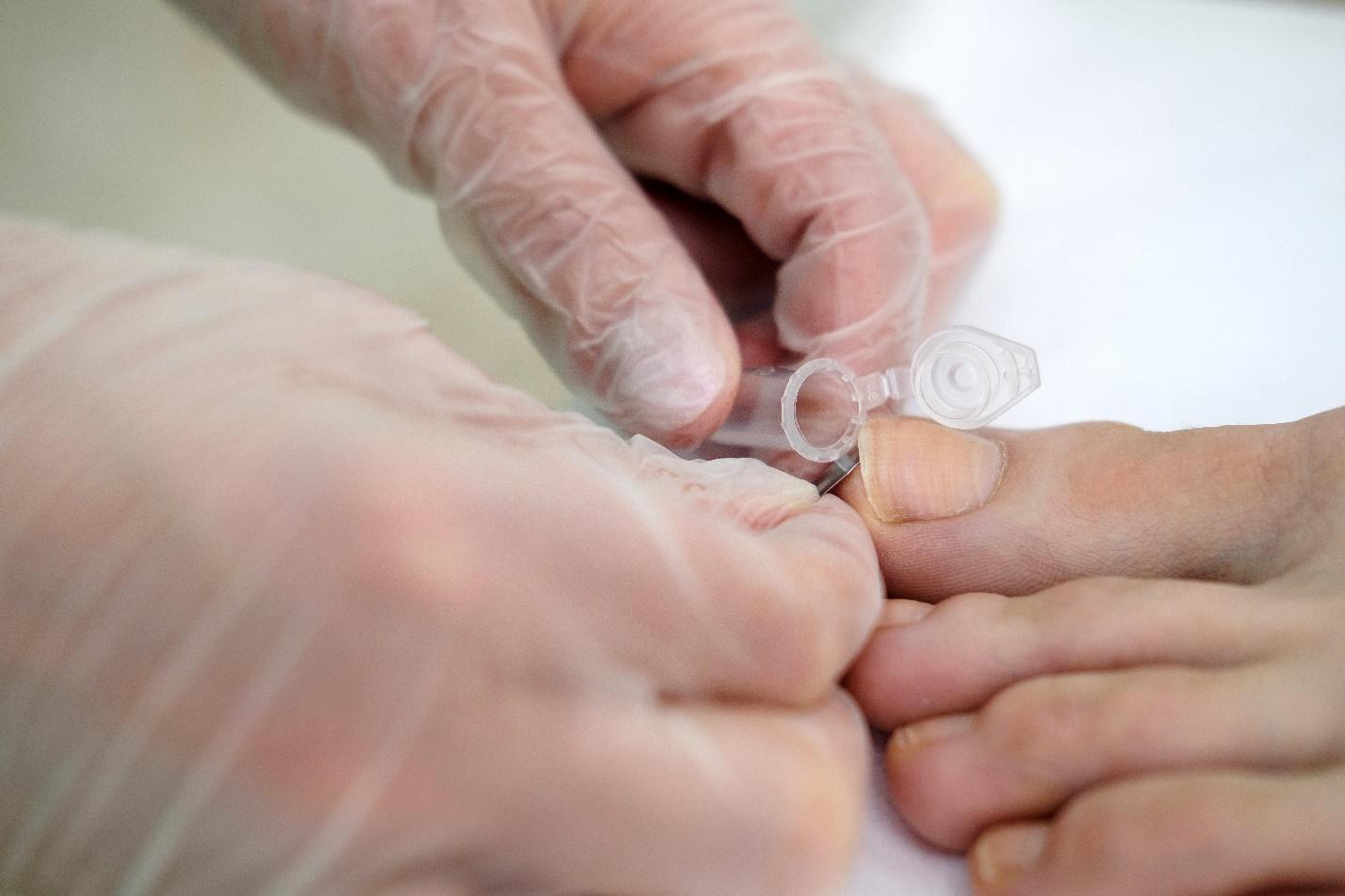
When it comes to treating nail disorders, our dermatologist may opt to proceed with one of the following treatment procedures:
Topical Treatments
Oral Medications
Nail Procedures
Lifestyle Changes
The state of our hair and nails can reflect our overall health, and understanding the root cause of your symptoms is the first step to effectively treating hair and nail conditions. With the right treatment approach, these symptoms can be managed effectively.
At Livingstone Dermatology, we offer tailored solutions to restore your hair and nail health. If you have been experiencing concerning symptoms, reach out to us for a thorough consultation and personalised treatment plan tailored to your needs.
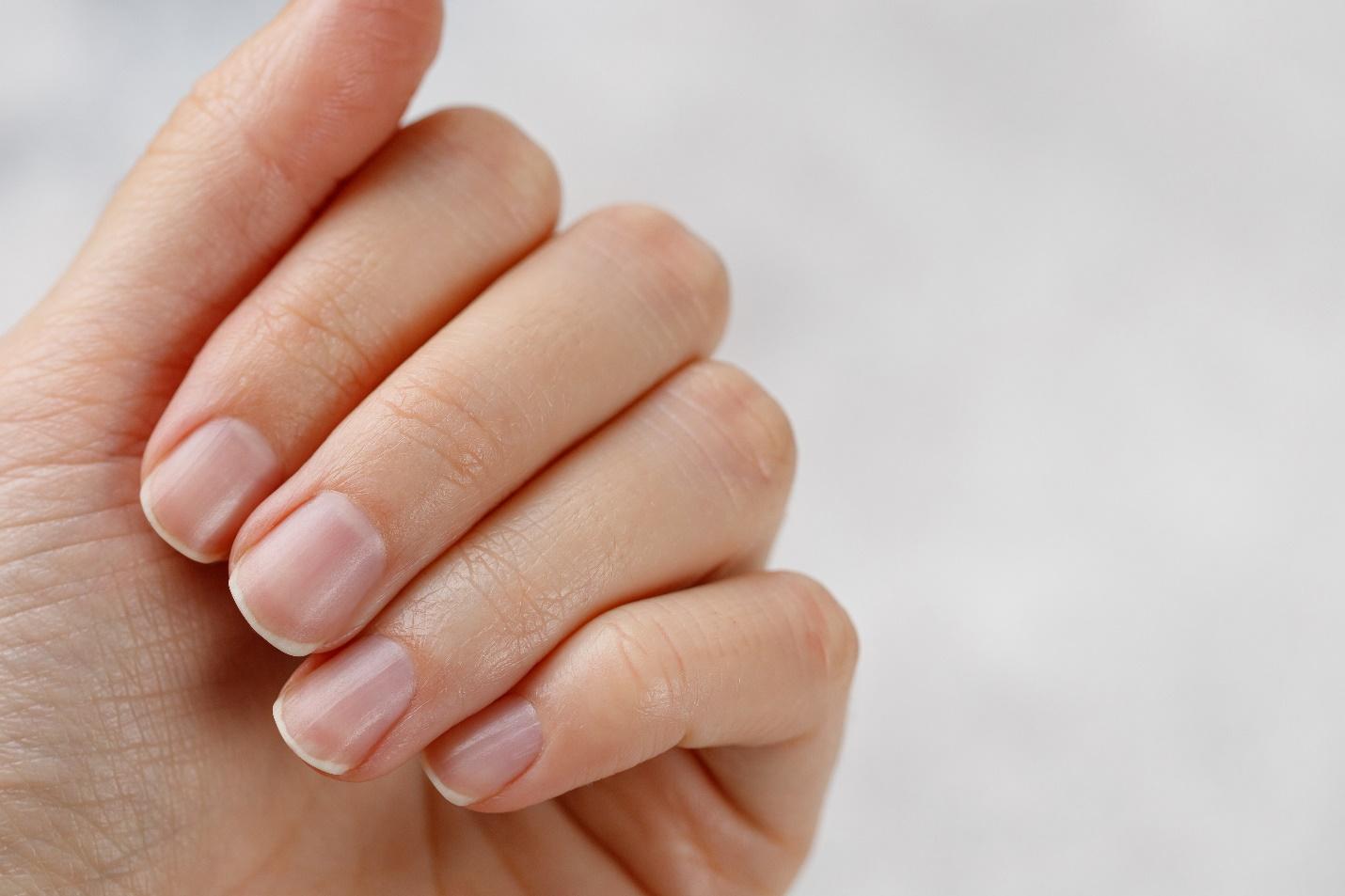
Can hair loss be prevented?
Although hair loss is a natural part of ageing, there are some preventive measures that you can take to prevent, or minimise the hair loss. These steps include:
Can hair loss be reversed?
Yes, certain hair loss can be reversed, especially if treatment begins early. In fact, topical treatments such as minoxidil, oral treatments such as finasteride, and therapies like platelet-rich-plasma (PRP) can stimulate hair regrowth.
However, it is important to understand that the success rate varies depending on the cause, and severity of hair loss.
How can I determine if my hair loss is temporary, or permanent?
Are there natural remedies for hair loss?
While some natural remedies like rosemary oil, aloe vera, or coconut oil may improve scalp health, they are usually not as effective as medically-proven treatments like minoxidil, or finasteride.
If you have been experiencing hair loss, with a family history of hair conditions, then it is best to consult a dermatologist for personalised advice.
How soon will I see results from hair loss treatments?
It may take approximately between 3 to 6 months to notice significant improvements. However, it is important to note that when it comes to undergoing hair loss treatments, consistency is the key to seeing results.
Are brittle nails a sign of health problems?
Yes, brittle nails can function as a health indicator as it usually indicates a deficiency in nutrients like biotin, or iron. They may also be a sign of an underlying condition such as hypothyroidism. However, they can also result from regular exposure to water, harsh chemicals, or ageing.
Can fungal nail infections be treated at home?
Is it safe to get a manicure, or pedicure if I have a nail disorder?
If you have a nail disorder, it is best to consult with a dermatologist before getting manicures, or pedicures done. In the event your dermatologist says it is permissible to have these treatments done, it is important to ensure the salon uses sterilised tools, and practices proper hygiene to avoid exacerbating the condition, or introducing new infections.
How can I make my nails stronger?
One of the best ways to help make your nails stronger is by keeping them moisturised, trimming them regularly, and avoiding using them as tools. Additionally, it is best to protect them from harsh chemicals by wearing protective gloves.
While using a nail hardener may be beneficial for some individuals, it is encouraged to speak with your dermatologist if it is recommended to use a nail hardener if you are diagnosed with a nail disorder.
Whether you’re dealing with a specific skin concern or seeking to enhance your natural beauty, Livingstone Dermatology is here to guide you on your journey to healthy, radiant skin.
Schedule an appointment today and experience the Livingstone standard of care in a welcoming, professional environment.